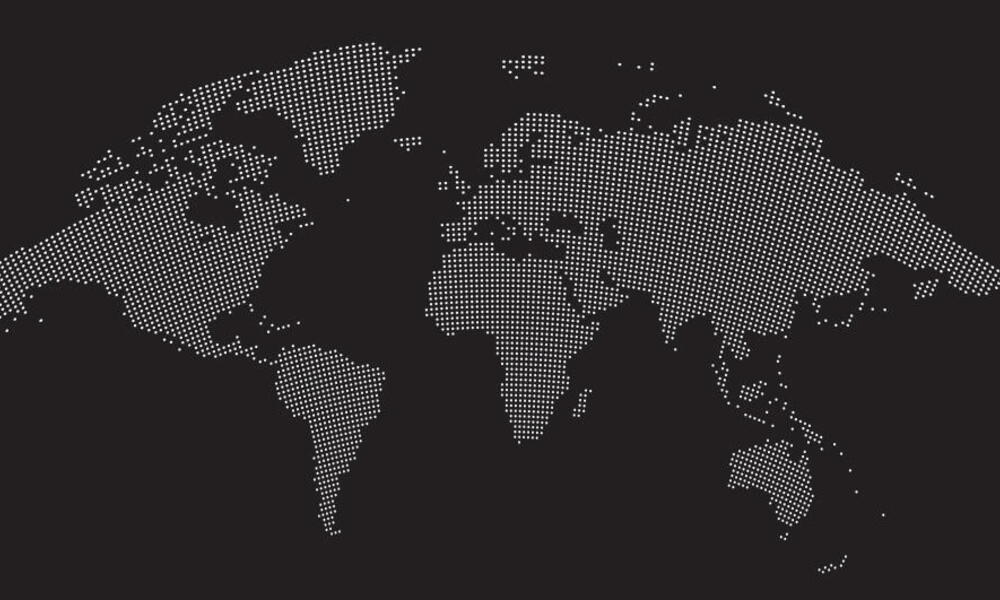Tech to the Rescue: How WWF is Using Cutting-Edge Technology to Protect Tigers and Ecosystems

The roar of the tiger, a symbol of the wild, has been fading for decades. In 2010, a pivotal commitment was made by tiger range countries: to double the wild tiger population by 2022. Achieving this ambitious goal demanded a shift in conservation strategies – moving away from broad approaches to more targeted, data-driven decisions, and quickly. That's where technology steps in, playing a vital role in WWF’s (World Wildlife Fund) efforts to monitor species and ecosystems.
Beyond the Traditional: Embracing Innovation
Traditionally, wildlife monitoring relied heavily on manual surveys, often time-consuming, expensive, and limited in scope. WWF recognised the need for more efficient and comprehensive tools. The organisation has been actively integrating a range of innovative technologies, transforming how they understand and protect the natural world. These aren't just fancy gadgets; they're powerful tools enabling more effective conservation.
A Toolkit of Technological Solutions
- Camera Traps: Eyes in the Wild: These remotely triggered cameras are deployed in strategic locations to capture images and videos of wildlife, providing invaluable data on species presence, population size, and behaviour without disturbing the animals. Advanced camera traps now offer features like night vision, motion detection, and even AI-powered species identification.
- Drones: Aerial Views for Conservation: Unmanned aerial vehicles (drones) provide a bird's-eye view of vast landscapes, allowing WWF to monitor habitat changes, track animal movements, and detect poaching activity. Drones equipped with thermal imaging can even locate animals hidden in dense vegetation.
- Acoustic Monitoring: Listening to the Ecosystem: Soundscapes are rich with information. Acoustic monitoring devices record sounds in the environment, allowing scientists to identify species based on their calls, detect illegal logging, and assess the overall health of an ecosystem.
- Satellite Tracking: Following Migrations and Movements: Small, lightweight GPS trackers attached to animals provide real-time data on their movements, migration patterns, and habitat use. This information is crucial for understanding how animals respond to environmental changes and for designing effective protected areas.
- Artificial Intelligence (AI) and Machine Learning: Data Analysis at Scale: The sheer volume of data generated by these technologies can be overwhelming. AI and machine learning algorithms are used to analyze this data, identify patterns, and make predictions about wildlife populations and ecosystem health. For example, AI can automatically identify individual tigers from camera trap images, significantly speeding up the data analysis process.
The Impact: Protecting Tigers and More
The application of these technologies has already yielded significant results. WWF has been able to:
- Improve Anti-Poaching Efforts: By using drones and acoustic monitoring to detect illegal activity, WWF can alert rangers and prevent poaching.
- Identify Critical Habitats: Satellite tracking and drone imagery help identify areas vital for tiger survival, enabling targeted conservation efforts.
- Monitor Ecosystem Health: Acoustic monitoring and camera traps provide insights into the overall health of ecosystems, allowing WWF to address threats like deforestation and pollution.
- Inform Conservation Strategies: Data-driven insights allow WWF to make more informed decisions about where to focus their resources and how to best protect endangered species.
Looking Ahead: A Tech-Enabled Future for Conservation
The use of technology in conservation is only going to increase. As technology continues to evolve, WWF and its partners will be able to monitor species and ecosystems with even greater precision and effectiveness. From citizen science initiatives using mobile apps to advanced data analytics platforms, the future of conservation is inextricably linked to technological innovation. The goal remains the same: a world where tigers thrive and ecosystems flourish for generations to come. The power to achieve this lies, in part, in harnessing the power of technology.





